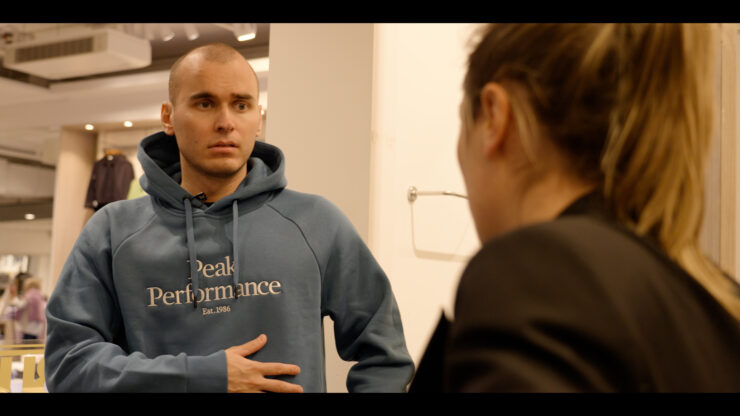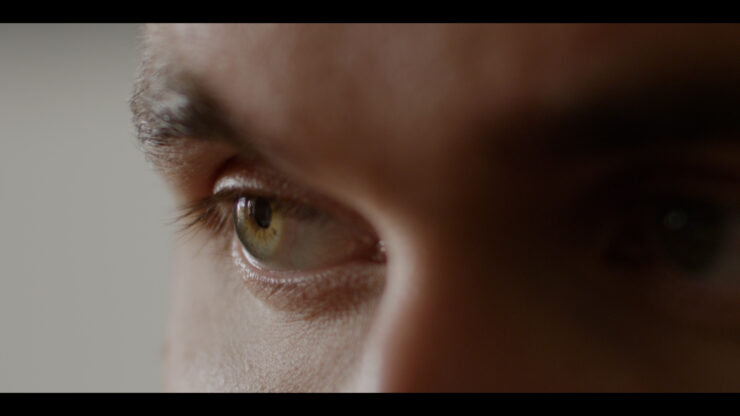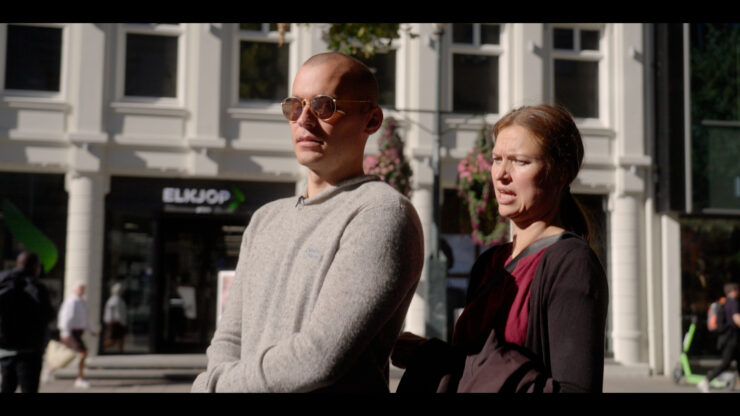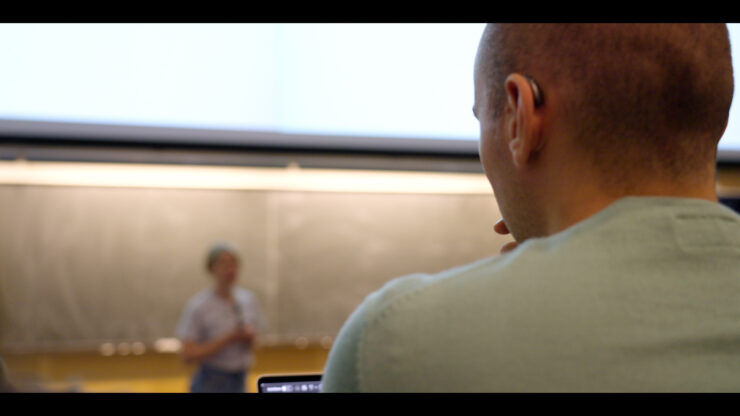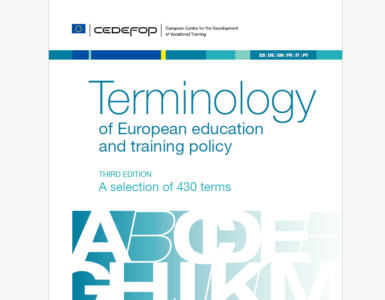by Andreas Schille, Norwegian University of Science and Technology, Norway.
The film Tell Me What I See is a short documentary about Simen, who studies sociology at NTNU. As a student with hearing and visual impairment, it requires some extra effort to be able to study on equal terms with others. By portraying a student in need of small accomodations, the goal is to make teachers better prepared to meet a diverse crowd of students in their classroom. This includes knowing what adjustments are necessary and seeing the person behind the disability.
This film aims to motivate educators to have a diverse student group in mind when confronted with requirements of accessibility. The target audience for the film is both educators and students across the university sector.
Learning from the film
The motivation behind Tell Me What I See is partly to promote the uptake of Universal Design (UD) requirements across campus, which is certainly a hot topic at the moment. Only recently have audio descriptions become mandatory for audiovisual media used in the public sector and there are discussions on how this will affect Higher Education institutions.
When it comes to learning, how does the film help? First, you gain insight into something you did not know about, such as haptic communication or how audio descriptions are conducted. Second, learning can occur in reflections and discussions around teaching practice with fellow teachers or students after the film.
How the film is used
The film has been screened at various seminars, meetings, conferences, and festivals, and will hopefully make an impact on the situation in Norway. The film itself does not answer questions on how to implement UD, but aims to motivate educators to change their practice.
Using a documentary in this situation provides the level of empathy that we look for. The main goal of the film is to change attitudes and help the level of interest and willingness to make adaptations when in contact with students with different needs.
The very human side of coping with life and the limitations we have as individuals is quite universal. It speaks to most of us, and makes the story captivating also for a general audience. The sincerity and willingness of the main character to share his experiences gives the story authenticity and depth.
On the production
When producing a documentary like this, there are real people and real lives involved. This requires sensistivity and respect from the production team. The film frames the life of the main character in such a way that it communicates possibilities and hopes for the future. This was important to me as a director. The film captures small moments of life that give meaning and show the audience the story of a student who works hard to achieve his goals.
The film itself takes accessibility into account by having an alternative version with Audio Descriptions, as well as audio descriptions and captioning both in English and Norwegian. Also, parts of the film have integrated audio descriptions, as an interpreter who follows Simen gives him visual descriptions of his surroundings.
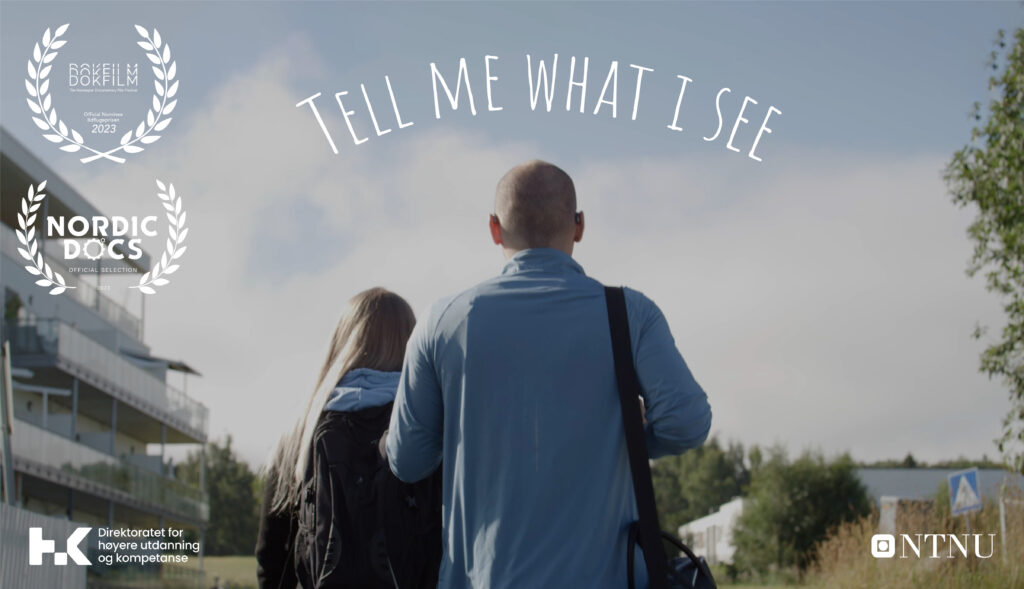
Conclusion
We hope that after viewing the film, university staff will be better at targeting their efforts towards achieving an appropriate level of accessibility. We also anticipate that their motivation to investigate the necessary resources needed to do this will be heightened. Testimonials, such as the one in Tell Me What I See, can drive the development of solutions to assist students who require accommodations or Universal Design, also technological ones.
The film aims to foster a commitment among students, teachers, and others to prioritize accessibility. We also hope it will inspire students with limitations to challenge barriers in educational to optimize their situation as students. And, we hope it encourages students with disabilities to communicate openly with professors and peers about their situation and to be aware of their rights.
In addition to being a finalist at the MEDEA Awards 2023 Tell Me What I See has been officially selected to Nordic Docs 2023, TREFF 2024 and DOKFILM 2023. The film is produced with support from the Norwegian Directorate for Higher Education and Skills.

Author
Andreas Schille, Advisor and video producer, Section for learning support, NTNU, Norway


